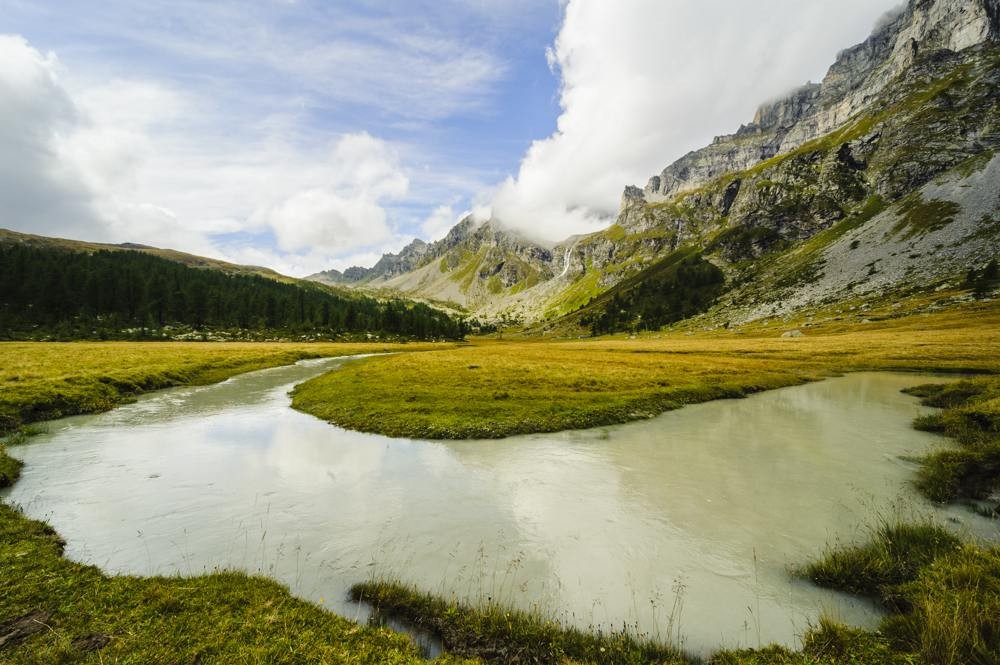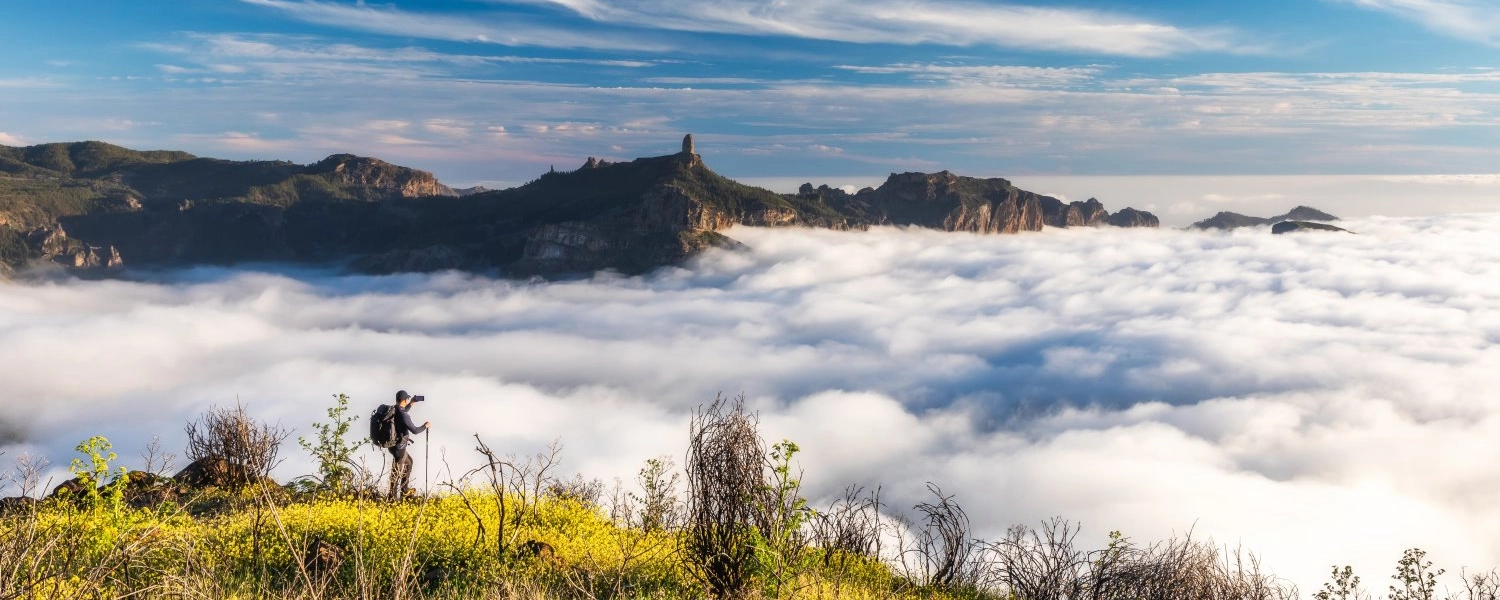- Details
- Written by: Mike Walker
Travel is not one experience; it’s a multitude. It’s about places, people, activities, moving around, down-time, food and drink... you name it. And therefore travel photography is not one kind of photography: it’s landscapes, action photography, portraits, architecture, food – and a whole lot more.
The diversity of travel explains why cameras don’t have a ‘Travel’ mode. But if you don’t want to get too technical, remember that most cameras do actually have a Landscape mode, a Portrait mode, and so on – and it’s really worth thinking about and understanding these modes for taking different shots while on your travels.
These different modes are helpful not just because they tweak the camera settings for better results in a particular situation, but because they can make you think about what sort of picture you’re trying to take.
Photography Masterclass 1: Landscapes
1) More than views
Landscape isn’t just ‘views’. In fact pure ‘view’ shots can often be disappointing. Foregrounds can connect you to the landscape and give a better sense of scale. Walking around a bit may not change the distant view but can make a huge difference to what you get in the foreground.
2) People and places…
Only a few photographic nerds think a picture with people in can’t be a proper landscape photograph. In fact people can make the landscape real – and tiny figures add scale to expansive vistas.
3) Get it in the can
Don’t wait for perfect weather or perfect light. It might not happen. But when it does, make the most of it.
4) Ignore the rules
Ignore anyone who tells you that the ‘Rule of Thirds’ is the key to shooting great landscapes (or anything else). It isn’t. Landscapes don’t play by those sorts of rules.
5) Cityscapes
Towns and cities are best considered landscapes too. And all of the preceding tips apply here also.
6) Think big
Big landscapes – whether it’s the Matterhorn or Manhattan – may demand a wide-angle lens to get it all in. DSLRs and mirrorless cameras give you access to wider lenses. With other cameras you can usually ‘stitch’ multiple images into a panorama, but this only extends the image in one dimension.
>>Photography Masterclass 2: People

